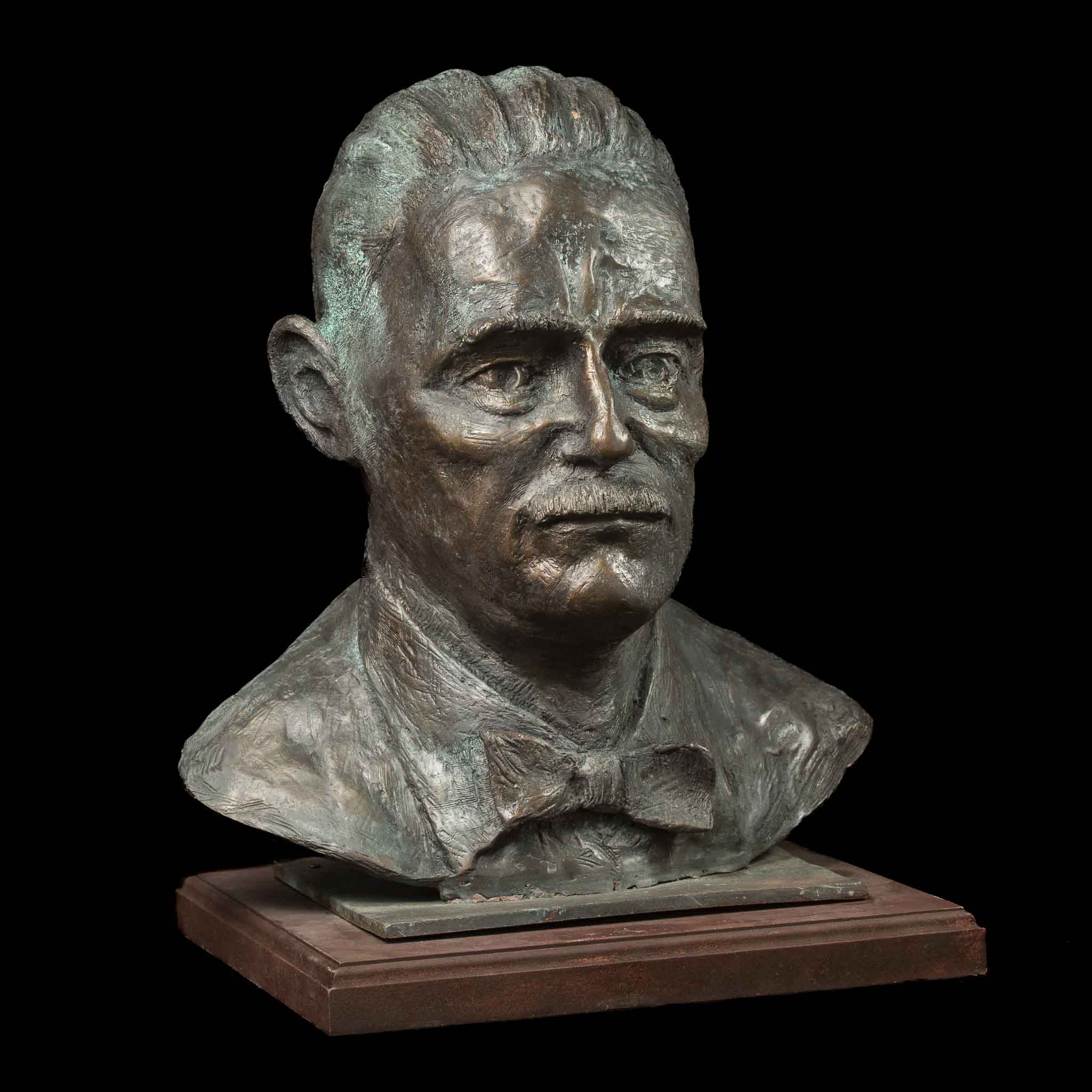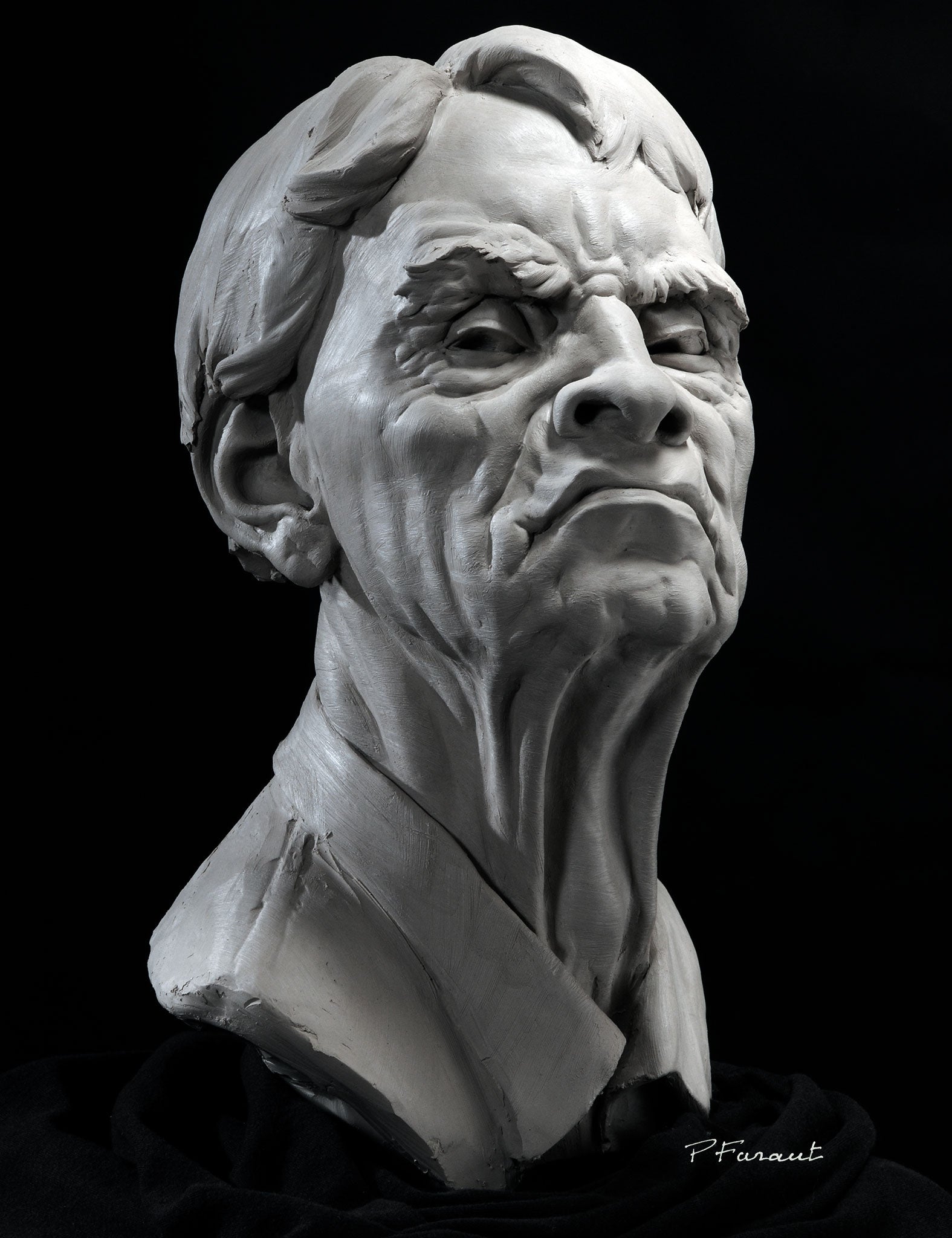Forming the Human Type: Portrayals of the Body in Sculpture
Sculpting the Human Form: Portrayals of the Body in Sculpture is a detailed expedition of the creative representation of the human body throughout background. This exhibition looks into the different techniques, styles, and cultural point of views that have formed the method musicians have actually represented the human form in sculpture. From the charming marble sculptures of ancient Greece to the complex masterpieces of the Renaissance, from the elaborate and flamboyant Baroque and Rococo sculptures to the progressive and abstract expressions of modern and modern sculpture, this exhibition provides a fascinating trip through the development of this ageless art type - Equine Sculptures. By checking out the varied interpretations and representations of the human body, visitors will gain a much deeper understanding of the artistic, social, and societal impacts that have actually formed our understanding of the human type.
Ancient Greek Sculptures
Among the defining characteristics of Old Greek sculptures is their focus on symmetry. Each part of the body is meticulously crafted to be symmetrical to the whole, developing a feeling of equilibrium and harmony. The carvers paid careful focus to every detail, from the positioning of muscular tissues to the positioning of arm or legs, guaranteeing that each figure showed up both elegant and effective.
The Greeks additionally valued the idea of idyllic charm. Instead of illustrating the blemishes and problems of the human kind, they looked for to create an idyllic version of fact. The sculptures typically portrayed sirens, gods, and professional athletes, with their bodies formed to perfection. Robert C Hitchcock Sculptor. This idyllic representation of the human form not just popular physical beauty but also acted as a way of motivating and boosting the audience.
Renaissance Masterpieces
Proceeding the exploration of the representation of the human kind in sculpture, Renaissance masterpieces additionally fine-tune the idyllic concept of appeal, structure upon the in proportion and unified proportions of their Ancient Greek predecessors. Throughout the Renaissance period, which covered from the 14th to the 17th century in Europe, musicians sought to revive the classic ideals of old Greece and Rome. They studied and mimicked the works of the ancient masters, making every effort for a practical depiction of the body.
Among one of the most distinguished Renaissance artists was Michelangelo Buonarroti. His work of art, the sculpture of David, exhibits the excellence and poise that came to be identified with Renaissance art. Standing at over 17 feet tall, the sculpture portrays the scriptural hero in a state of calmness before his battle with Goliath. David's muscular physique, caught with outstanding detail, discloses the artist's proficiency of human makeup.
One more remarkable Renaissance artist was Donatello. His sculpture of Saint George, developed in the very early 15th century, showcases the musician's capability to communicate strength and the aristocracy with the human type. The sculpture depicts the famous dragon-slaying saint in a positioned and positive stance, showing a feeling of heroism.
Renaissance work of arts not just commemorated the physical beauty of the human body yet also shared much deeper definitions and emotions. Via their careful attention to information and proficient workmanship, Renaissance carvers boosted the art of sculpture to new heights, leaving a long-term tradition that continues to influence musicians to this particular day.
Rococo and baroque Sculpture
Rococo and baroque sculpture exhibits the elaborate and elegant portrayal of the human type throughout the 17th and 18th centuries. Defined by its dynamic and remarkable design, Baroque sculpture aimed to mesmerize visitors with its splendour and psychological strength. Artists such as Gian Lorenzo Bernini and Alessandro Algardi developed sculptures that shared motion, usually depicting numbers in significant poses. The usage of light and shadow additionally boosted the feeling of dramatization, producing a staged impact.
Rococo sculpture, on the various other hand, became a response to the grandiosity of the Baroque period. It accepted a more spirited and fragile technique, concentrating on ornamental details and intricate styles. François Boucher and Jean-Baptiste Pigalle were popular Rococo carvers that crafted works characterized by their style and appeal. They usually depicted numbers in sensuous and graceful positions, mirroring the easy going and whimsical nature of the Rococo style.
Both Baroque and Rococo sculpture put a terrific emphasis on the human form, commemorating its appeal and revealing an array of emotions - Portrait Sculptor. Whether it was the powerful and dynamic figures of the Baroque or the graceful and charming numbers of the Rococo, these sculptures captured the essence of the human experience, leaving a long lasting influence on the art world
Modern and Contemporary Sculpture
The advancement of sculpting the human type proceeds in modern and modern sculpture. Modern sculpture arised in the late 19th century as a response to the changing political and social landscape.
In the 20th century, the surge of abstraction and theoretical art brought brand-new possibilities for sculptors. Musicians like Henry Moore and Barbara Hepworth explored the relationship in between form and room, producing natural and abstracted figures that tested typical ideas of representation. Moore's monumental bronze sculptures and Hepworth's sculpted rock jobs are celebrated for their ingenious usage of products and their capacity to evoke a sense of the human body in a non-literal way.
Contemporary sculpture proceeds to push the limits of representation and discover new materials and techniques. Artists like Antony Gormley and Ron Mueck produce hyper-realistic sculptures that challenge our assumption of the body, while others, such as Louise Bourgeois and Kiki Smith, utilize the body as a metaphor for individual and collective experiences. The human form stays a powerful subject in sculpture, supplying a system for artists to discover identity, emotion, and the human problem.
Social Perspectives on the Body

In the exploration of shaping the human type, the exam of cultural perspectives on the human body reveals a abundant and varied tapestry of interpretations and representations. Throughout history, different cultures have actually held one-of-a-kind ideas and values pertaining to the human body, causing distinct creative expressions - Contemporary Sculptures. These social perspectives form the method the human body is portrayed and regarded in sculpture, showing social norms, religions, and visual ideals
For example, old Greek sculptures celebrated the idyllic human kind, stressing physical charm and athleticism. The sculptures depicted gods, heroes, and professional athletes with perfectly proportioned bodies, personifying the Greek concept of physical excellence. On the other hand, ancient Egyptian sculptures focused on the conservation of the body in the immortality, depicting figures with idyllic features and rigid poses. The Egyptians believed that the body must be presented in a manner that ensured its infinite existence.
Likewise, social viewpoints on the body in African art commonly highlight communal identity and spiritual ideas (Equine Sculptures). Sculptures from different African cultures show the body with exaggerated features, symbolizing social values and genealogical connections. Indigenous societies in the Americas likewise have unique viewpoints on the body, usually illustrating it in a spiritual context and emphasizing the link between people and nature
The assessment of social perspectives on the human body in sculpture permits us to acquire understanding into the worths, ideas, and looks of various societies throughout history. It highlights the variety of human experiences and the ways in which art shows and forms our understanding of the human type.

Verdict
In final thought, the portrayal of the body in sculpture has actually progressed with time, showing various social point of views and creative movements. From the idealized numbers of Ancient Greek sculptures to the sensible and stirring Renaissance work of arts, and the elaborate information of Baroque and Rococo sculptures, to the abstract and experimental types of modern-day and contemporary sculpture. The human body has actually been a subject of fascination and imaginative exploration throughout background, showcasing the diverse analyses and expressions of the human type.
Shaping the Human Kind: Portrayals of the Body in Sculpture is a thorough exploration of the imaginative representation of the human body throughout history. From the charming marble sculptures of old Greece to the elaborate masterpieces of the Renaissance, from the flamboyant and elaborate Baroque and Rococo sculptures to the avant-garde and abstract expressions of contemporary and contemporary sculpture, this exhibit uses a fascinating journey via the advancement of this classic art form. Musicians like Antony Gormley and Ron Mueck produce hyper-realistic sculptures that challenge our perception of the human body, while others, such as Louise Bourgeois and Kiki Smith, use the body as a click site metaphor for cumulative and personal experiences. The human form continues to be a powerful topic in sculpture, offering a platform for musicians to check out identification, feeling, and the human condition.
From the idealized figures of Old Greek sculptures to the practical and stirring Renaissance work of arts, and the elaborate information of Baroque and Rococo sculptures, to the abstract and speculative forms of contemporary and modern sculpture.